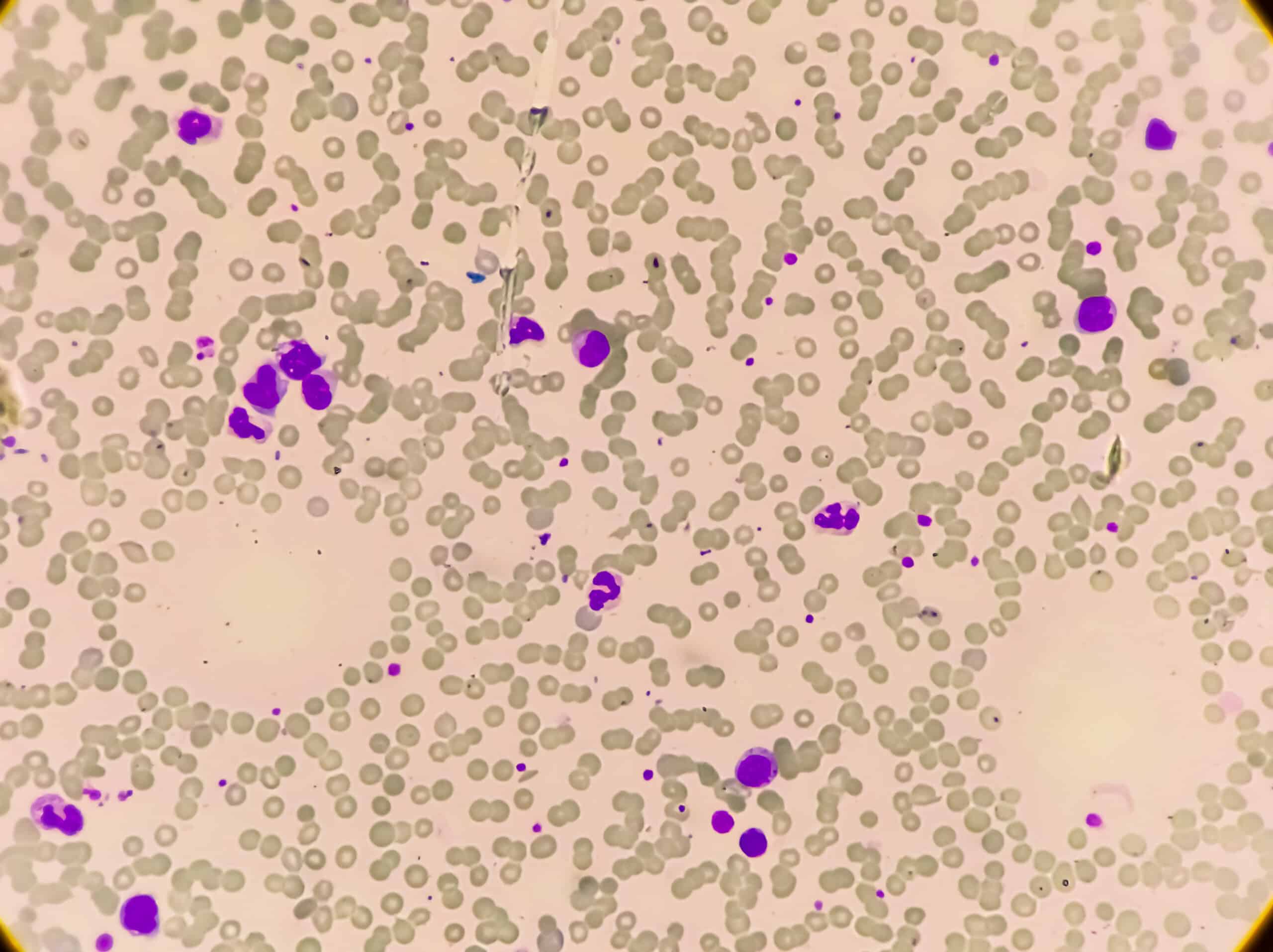There has been an encouraging trend in the life science industry, a growing emphasis on rare diseases. Where as little as 20 years ago, there were few options for interest in conditions that only affected few numbers of patients, a recent snapshot will show otherwise.
This brought me back to a talk at an Axios event I attended by Scott Gottlieb, MD, former FDA Commissioner. He outlined the incentive created to speed innovation in rare disease.
A recent PhRMA report noted that there is an there is an upward of 800 new therapies in clinical development to treat rare diseases. The lion’s share of indications include rare solid tumors and blood cancers and genetic disorders such as cystic fibrosis. The remainder include treatments for neurological and blood disorders, and autoimmune and infectious diseases.
Overall, this is a very significant time for patients, advocates, clinicians and the life sciences industry.
Stakeholders for Rare Disease Therapies
When broached with the topic of stakeholders involved in rare conditions, the general attitude has been “no problem, we’ve got this.” This view is based on the perception that the rare disease stakeholder ecosystem is relatively simple as the as the number of patients is small, there are few specialists and the societies and patient/advocacy groups are limited.
Early on a product planning or pre-launch commercial team will know all of these players as they are the “lowest hanging fruit” and will quickly be willing partners to any company who demonstrates valid interest.
In fact, the stakeholder network for rare diseases is significantly more complicated. Initially, the majority of patients don’t know they have the rare condition and therefore don’t reach out to the appropriate specialists or refer to specialty patient groups.
Thus, they present at their internal medicine or primary care clinician who may misdiagnose them as many rare diseases share characteristics (signs/symptoms) with more common conditions. If they are referred to a specialist it may be related to manifestations of the rare condition (e.g., renal failure or congestive heart disease).
The result is a number of figurative wrong turns and missed opportunities before a diagnosis made and treatment initiated. This results in significant delay with the average time quoted as 6-8 years for children with rare diseases.
Empowering first-line clinicians and other more “general” specialists is key to ensuring that many rare disease patients get the help they need and sooner rather than later. This is dependent on them having a full understanding of the disease itself, how it manifests and progresses and overall, the rare disease patients’ typical journey throughout the healthcare system.
An Example of MacTel: A Rare Disease of the Macula
Macular telangiectasia (MacTel) is a disease affecting the macula, causing loss of central vision. MacTel develops when there are problems with the tiny blood vessels around the fovea. While does not cause total blindness, severely impacts central vision. Its prevalence of 0.1% is low.
Some other specifics on MacTel are outlined below:
- It progresses very slowly over 10-20 years.
- It starts in middle-age with symptoms starting to show around age 63
- Comes on insidiously and as the disease progresses, there may be blurring, distorted vision, and loss of central vision. Patients may require a brighter light to read or perform other functions.
- Mimics other more common ocular conditions specifically macular degeneration.
- Higher risk in patients with diabetes and hypertension
- Current and investigational therapies the skills of a retinologist – either injection or implantation into the back of the eye. Therapy can provided only by a retinologist.
Now the knee-jerk reaction would be to engage retinologists and MacTel-specific patient and advocacy groups. However, based on the broad MacTel details listed above, it is evident that the stakeholder ecosystem is not that simple.
Let’s start off with the age of symptom onset. These are older adults, therefore geriatric medicine and ophthalmology would have an interest. Additionally, optometrists would need to be engaged as a report from the American Optometric Association Health Policy Institute noted that in the U.S., the majority of Medicare recipients go to optometrists, not ophthalmologists for their eye care needs. Finally, the link to diabetes and hypertension imparts the need to underscore the importance of eye care for these patients.
In this brief example, there are various touch points that patients will have where there is an opportunity to accurate diagnose them and refer to the appropriate specialty. Awareness of the disease and the availability of therapy is key to stakeholders being both informed and enthusiastic.
Don’t assume that just because the disease is rare, the stakeholder universe you need to reach is small. On the contrary, the limited patient population requires the need for a wider net the inclusion of stakeholders you might not normally consider. This is the only way for eligible patients will get access to available therapy.
Snowfish works with life science companies to identify and engage stakeholder groups throughout the world. Understanding how policy and people are linked with further accelerate the awareness and acceptance of a new therapy. Assuming it is rare disease and everyone who needs to know will know is a flawed strategy. Please reach out to us at www.snowfish.net.
- Market Access: The Latest Hurdle for Treating Alzheimer’s and Dementia - June 14, 2023
- Rare Disease Outreach a Missed Opportunity - November 7, 2022
- So You Read Our Previous Post on Biomarkers? - August 1, 2022




